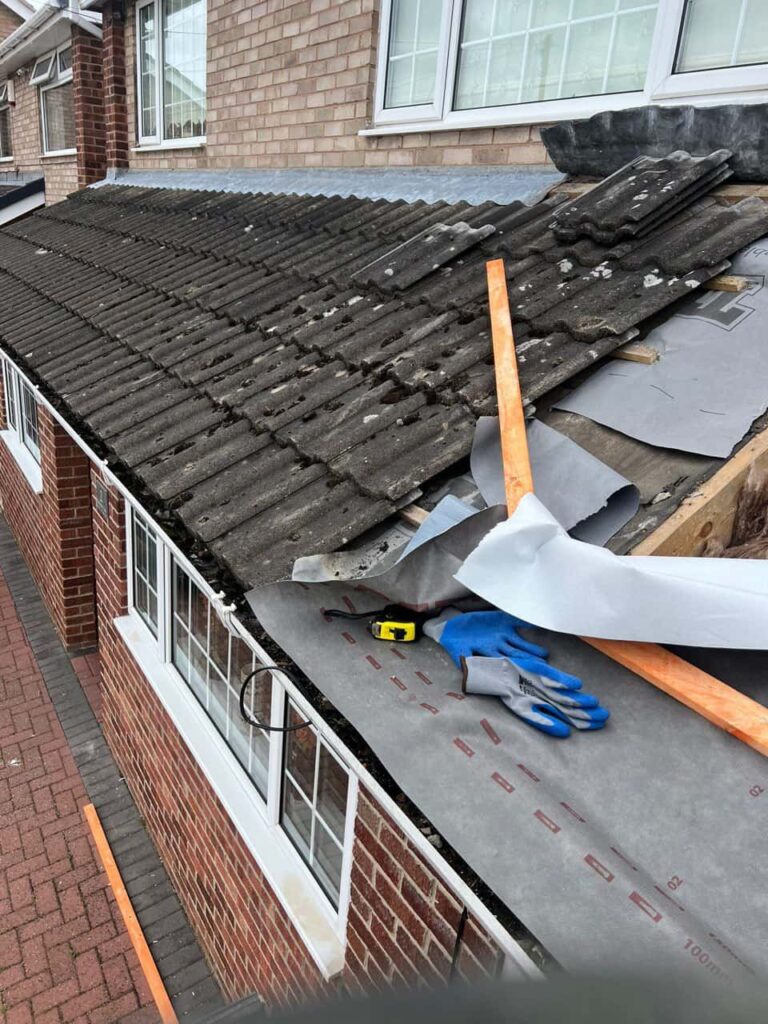Introduction: Your roof is the first line of defence against the elements, protecting your home and family from rain, wind, and other natural forces. However, roofing emergencies can occur unexpectedly, causing damage and stress. Understanding the common causes of roofing emergencies and implementing preventive measures can go a long way in safeguarding your property and avoiding costly repairs. This blog post will explore the typical reasons behind roofing emergencies and provide practical tips on preventing them.
- Extreme Weather Conditions:
Severe weather events like storms, hurricanes, and heavy snowfall are common culprits of roofing emergencies. High winds can loosen or blow off shingles, while excessive snow accumulation can lead to roof collapses. To prevent weather-related damage, ensure your roof is well-maintained and inspected regularly. Replace damaged shingles promptly, reinforce weak spots, and trim nearby trees that could pose a risk during storms.
- Improper Installation:
Roofing emergencies can arise from poor installation practices. If your roof is not properly installed or lacks adequate ventilation, it may be prone to leaks, premature wear, and structural issues. Always hire reputable roofing contractors like Ravenshead Roofing Repairs with a proven track record of quality installations.
- Lack of Maintenance:
Neglecting regular roof maintenance can lead to various issues, including leaks, mould growth, and deterioration of roofing materials. Schedule yearly roof inspections and promptly address any minor damages before they escalate. Regular maintenance can extend the life of your roof and save you from costly repairs in the long run.
- Clogged Gutters:
Gutters play a vital role in diverting rainwater away from your roof and home. Clogged gutters can cause water to pool on your roof, leading to leaks and water damage. Clean your gutters regularly, especially during the fall when leaves and debris are more likely to accumulate.
- Hail Damage:
Hailstorms can cause significant damage to roofing materials, particularly asphalt shingles. After a hailstorm, inspect your roof for signs of impact damage, such as dents or cracked shingles. Address any issues promptly to prevent leaks and preserve the integrity of your roof.
- Tree Damage:
Overhanging branches and falling limbs can damage your roof during storms or high winds. Trim trees around your property to keep them at a safe distance from your roof and minimise the risk of damage.
Conclusion: Roofing emergencies can be disruptive and costly, but many are preventable with proactive measures. Regular maintenance, prompt repairs, and attentiveness to potential issues can significantly reduce the risk of roofing emergencies. By taking care of your roof and addressing any problems early on, you can ensure your home remains protected, and your roofing system stays in optimal condition for years to come. Remember to consult experienced professionals like Ravenshead Roofing Repairs for regular inspections and expert advice on maintaining the integrity of your roof.
Call us on 01623 700 893 or click here to complete our contact form and see how we can help with your roofing needs.

